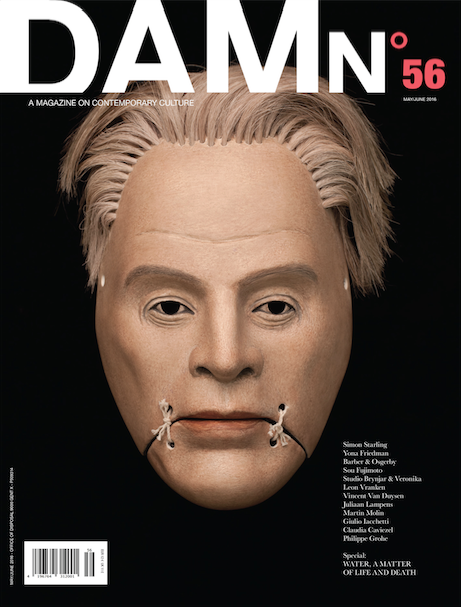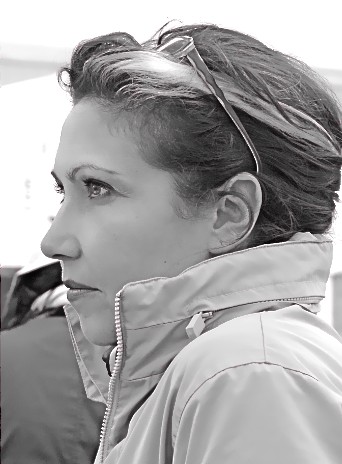If you were thinking about discovering new frontiers for relaxation in the SPA of tomorrow, change your mind. What you are going to crave the most is someone hugging you, and the resulting shower of oxytocin. The Future Day Spa is a personalised, physiological experience delivering controlled vacuum pressure to the body, replicating the feeling of being hugged. It was originally designed to prepare the body for space journeys. All the research on the Future Day Spa is the result of randomly meeting a NASA economist on a bus (McRae’s projects are often steered by unusual serendipitous encounters). She later visited NASA to discuss ideas with space biologists. Her creative process continued, including hugging the end of a vacuum cleaner inside one of the membranes that NASA had developed - a lowerbody negative-pressure device from the 1960s that assists in pumping blood to the lower extremities of an astronaut’s body.
Guided by a therapist, the participants in Future Day Spa hand their bodies over to a part–human, part–machine process that induces a state of relaxation. In collaboration with Qualcomm® Inventor Lab, Lucy McRae integrated technologies for capturing biometric data in order to understand the physiological benefits of a treatment. Trialled on over 100 individuals, one participant disclosed beforehand that he denies himself physical contact with other humans, and at the end of his treatment he responded (surprisingly) by hugging his therapist. The release of oxytocin in the brain is involved in social recognition and the formation of trust between people. This unexpected response has raised parallels between the behavioural effects of triggering oxytocin and possible applications the Future Day Spa could have on treating social isolation, autistic spectrums, and depression. The next step is to detect the electrical activity in the brain during a Future Day Spa treatment and understand the role machine touch could have on the body and our emotions. “I look for beauty in the biological, responding to future scenarios like space travel, to radically transform the life sciences”, says the artist. “I want to spearhead a health revolution and impact the way people embody the future.”



Guided by a therapist, the participants in Future Day Spa hand their bodies over to a part–human, part–machine process that induces a state of relaxation. In collaboration with Qualcomm® Inventor Lab, Lucy McRae integrated technologies for capturing biometric data in order to understand the physiological benefits of a treatment. Trialled on over 100 individuals, one participant disclosed beforehand that he denies himself physical contact with other humans, and at the end of his treatment he responded (surprisingly) by hugging his therapist. The release of oxytocin in the brain is involved in social recognition and the formation of trust between people. This unexpected response has raised parallels between the behavioural effects of triggering oxytocin and possible applications the Future Day Spa could have on treating social isolation, autistic spectrums, and depression. The next step is to detect the electrical activity in the brain during a Future Day Spa treatment and understand the role machine touch could have on the body and our emotions. “I look for beauty in the biological, responding to future scenarios like space travel, to radically transform the life sciences”, says the artist. “I want to spearhead a health revolution and impact the way people embody the future.”

Trained in classical ballet and interior design, McRae’s artistic study of technology began during her formative years at Philips Design. She led the technology company’s far–future research lab in developing stretchable electronics, an electronic tattoo, and a range of emotion- sensing dresses that were awarded TIME’s Best Inventions of 2007. Lucy is a TED Fellow (2012) and has inspired audiences at London’s Royal College of Physicians (2014) and Royal Albert Hall (2013),
as well as the Venice Biennale architecture jury (2012).

The Future Day Spa
project employed wireless technologies for measuring biometric data in order to begin understanding the physiological capabilities of a treatment. The next step is to detect the electrical activity in the brain during a Future Day Spa treatment and understand how machine/ touch could affect the body and our emotions.




